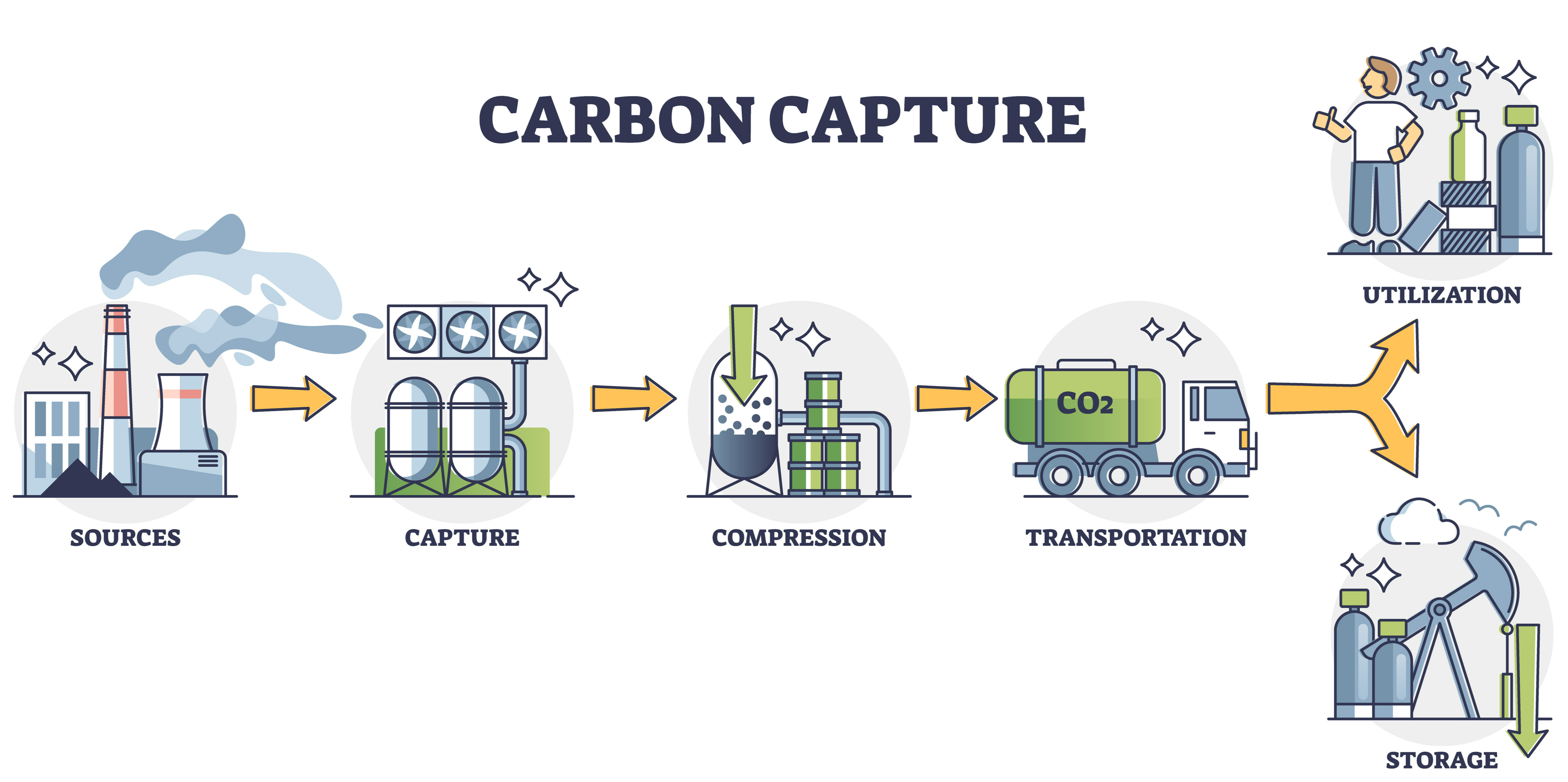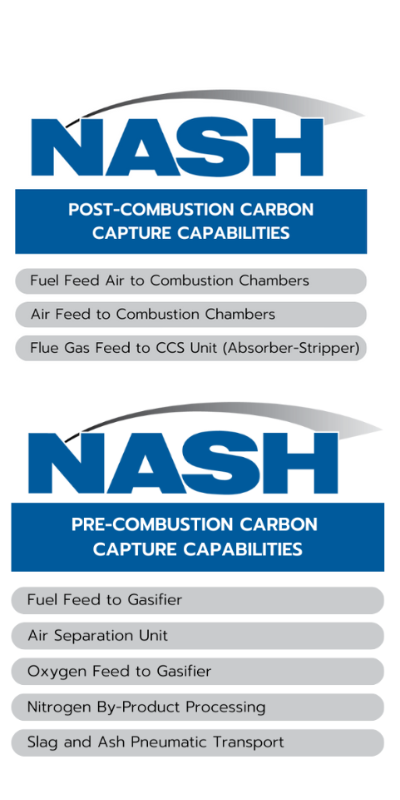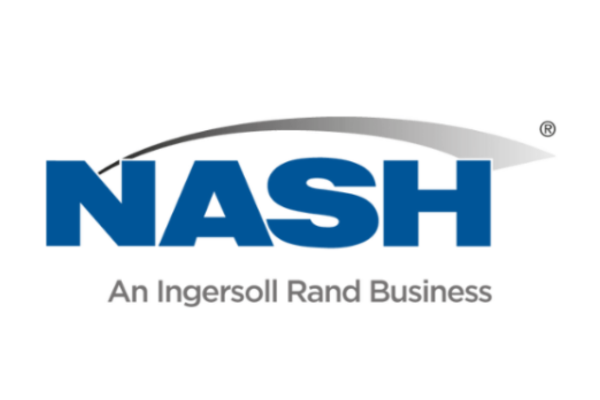Choose a different country or region to see the content specific to your location
Select Your Country/Region
Current Region:
 USA (EN)
USA (EN)
How can we help you?
Nash is recognized worldwide for our engineering expertise in liquid ring and dry vacuum technologies that are custom engineered for unique applications and specifications. Nash vacuum products are designed to maximize operational efficiencies and are an ideal component for processes within the carbon capture, utilization, and storage (CCUS) industry.
By combining our unparalleled engineering expertise with our comprehensive portfolio of vacuum pumps, we offer reliable and cost-effective solutions that can scale as your carbon capture project grows. Nash provides support to leading global EPC contractors and engineering companies and provides expertise for groundbreaking carbon capture projects worldwide.
With innovative technologies and a consultative approach, you can count on Nash to provide optimal solutions to support the pilot development, concept validation, and full-scale production of your carbon capture and sequestration projects.
Nash provides durable vacuum systems for carbon capture solutions. Paired with technologies from within our family of brands, like Hoffman & Lamson blower systems, our extensive portfolio of vacuum and blower technologies can meet the demands of any unique carbon capture system requirement. Paired with over 100 years of engineering expertise, our vacuum and blower products are ideal for industrial carbon capture systems.
The Carbon Capture Industry includes a variety of unique processes and technologies that aid in capturing, repurposing, or safely storing carbon dioxide (CO2) emissions found within industrial processes like power plants. It is often abbreviated as CCS (Carbon Capture and Storage) or CCUS (Carbon Capture, Utilization, and Storage/Sequestration).

CO2 can be captured directly from large emission sources like power plants or ethanol plants. Carbon is removed using post-combustion, pre-combustion, or oxyfuel combustion techniques. Once the CO2 is removed, it will require transport to appropriate CO2 storage locations or different industrial plants to be utilized in other processes.
Captured CO2 can be used to manufacture fuels and building materials, and aid in the production of other products like concrete or plastics.
Carbon sequestration is the process of safely storing CO2 after it has been captured. Used carbon can be transported to designated underground collection areas for permanent storage or other industrial facilities until it is ready to be used.

Post-combustion carbon capture is commonly used in small and medium-scale industrial applications. It offers the unique cost-saving advantage of being retrofittable to existing carbon-producing systems. Post-combustion CO2 capture involves capturing carbon from the point source in the flue gas after combustion.
Oxy-fuel combustion is unique in that fossil fuel is burned in pure oxygen instead of air. The flue gas consists of mainly CO2 and water vapor. When the water condenses through cooling, the result is almost pure CO2 that can be transported and stored. This technique is commonly seen in electricity plants.
Pre-combustion carbon capture is the removal of CO2 from fossil fuels before combustion is completed. The fossil fuel is partially burned to form a synthetic gas. This process also produces hydrogen, which can be separated and used as fuel. This technique is commonly used in fossil-fuel power plants, chemical manufacturing, or waste incineration. It is less expensive than post-combustion techniques but cannot be retrofitted to older plants or systems.
The Carbon Capture Industry is expanding rapidly as we aim for net-zero carbon emissions by 2050. Carbon capture and sequestration is a crucial strategy in reducing greenhouse gas (GHG) emissions to mitigate climate change. Although the process of carbon capture is not new, with current plants in operation already capturing 40 million metric tons of CO2 per year, the recent prioritization of project funding, tax credits, and carbon capture legislation worldwide has boosted the viability of developing large-scale carbon removal processes in industrial facilities.
The Inflation Reduction Act was passed by the United States Senate in August 2022 and grants a significant tax credit for the carbon capture industry - increasing the subsidy from $50 to $85 per metric ton. According to IEA, there are 35 commercial facilities applying CCUS to industrial processes today, but with the recent momentum, there are plans for over 200 new carbon capture facilities to be operating by 2030.
In 2021, 102 CCS facilities were in the advanced and early stages of development. Combined with facilities already under construction or in operation, these facilities could capture up to 149.3 million metric tons of CO2 per year. (Source: RFF)
Nash, an Ingersoll Rand Business, is part of a global alliance of world-renowned brands dedicated to supporting the sustainable energy industry as we work towards our shared net-zero targets and driving change through technical innovations.
Ingersoll Rand has the broadest portfolio of vacuum and blower technologies that cover both Capture-At-Point-Source and Direct Air Capture Applications. We offer unparalleled capabilities to develop and introduce new equipment solutions to integrate into your unique sustainable energy processes.
